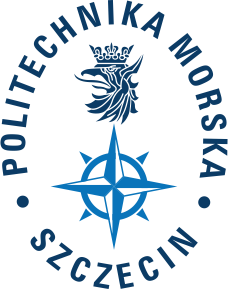Publikacje naukowe Tomasz Kogut
Tytuł: Seabed Modelling by Means of Airborne Laser Bathymetry Data and Imbalanced Learning for Offshore Mapping
Autor/Autorzy: Tomasz Kogut, Arkadiusz Tomczak, Adam Słowik, Tomasz Oberski
Miejsce publikacji: SENSORS
Rok: 2022
Słowa kluczowe: classification, airborne laser bathymetry, imbalanced learning, oversampling, SMOTE
Abstrakt: An important problem associated with the aerial mapping of the seabed is the precise classification of point clouds characterizing the water surface, bottom, and bottom objects. This study aimed to improve the accuracy of classification by addressing the asymmetric amount of data representing these three groups. A total of 53 Synthetic Minority Oversampling Technique (SMOTE) algorithms were adjusted and evaluated to balance the amount of data. The prepared data set was used to train the Multi-Layer Perceptron (MLP) neural network used for classifying the point cloud. Data balancing contributed to significantly increasing the accuracy of classification. The best overall classification accuracy achieved varied from 95.8% to 97.0%, depending on the oversampling algorithm used, and was significantly better than the classification accuracy obtained for unbalanced data and data with downsampling (89.6% and 93.5%, respectively). Some of the algorithms allow for 10% increased detection of points on the objects compared to unbalanced data or data with simple downsampling. The results suggest that the use of selected oversampling algorithms can aid in improving the point cloud classification and making the airborne laser bathymetry technique more appropriate for seabed mapping.
Adres strony internetowej (link) do pełnego tekstu publikacji: https://www.mdpi.com/1424-8220/22/9/3121
DOI: 10.3390/s22093121
Tytuł: Applicability of Machine Learning for Vessel Dimension Survey with a Minimum Number of Common Points
Autor/Autorzy: Ilona Garczyńska, Arkadiusz Tomczak, Grzegorz Stępień, Lech Kasyk, Wojciech Ślączka, Tomasz Kogut
Miejsce publikacji: Applied Sciences-Basel
Rok: 2022
Słowa kluczowe: dimensional control, three-dimensional coordinates transformations, off-shore surveying, marine geodesy, artificial neural networks, applied engineering
Abstrakt: This paper presents the challenges encountered in the dimensional control of ships, platforms, and offshore units. This novel approach utilizes machine learning (MLP—Multilayer Perceptron Neural Network) for three-dimensional (3D) spatial coordinate transformations when only three common points are known. The proposed method was verified based on laboratory and field data. The main issue was to provide a sufficient number of valid training points. The oversampling method was used to meet this criterion. The achieved results indicate equal or better accuracy when the points were located inside the adjustment points array. In the case where the points lay outside this array, no improvement in the accuracy of the transformation was observed. The neural approach restores the transformation symmetry, and in some cases, such as the study of deformation of engineering objects, breaks the symmetry rather than restoring it.
Adres strony internetowej (link) do pełnego tekstu publikacji: https://www.mdpi.com/2076-3417/12/7/3453
DOI: 10.3390/app12073453


